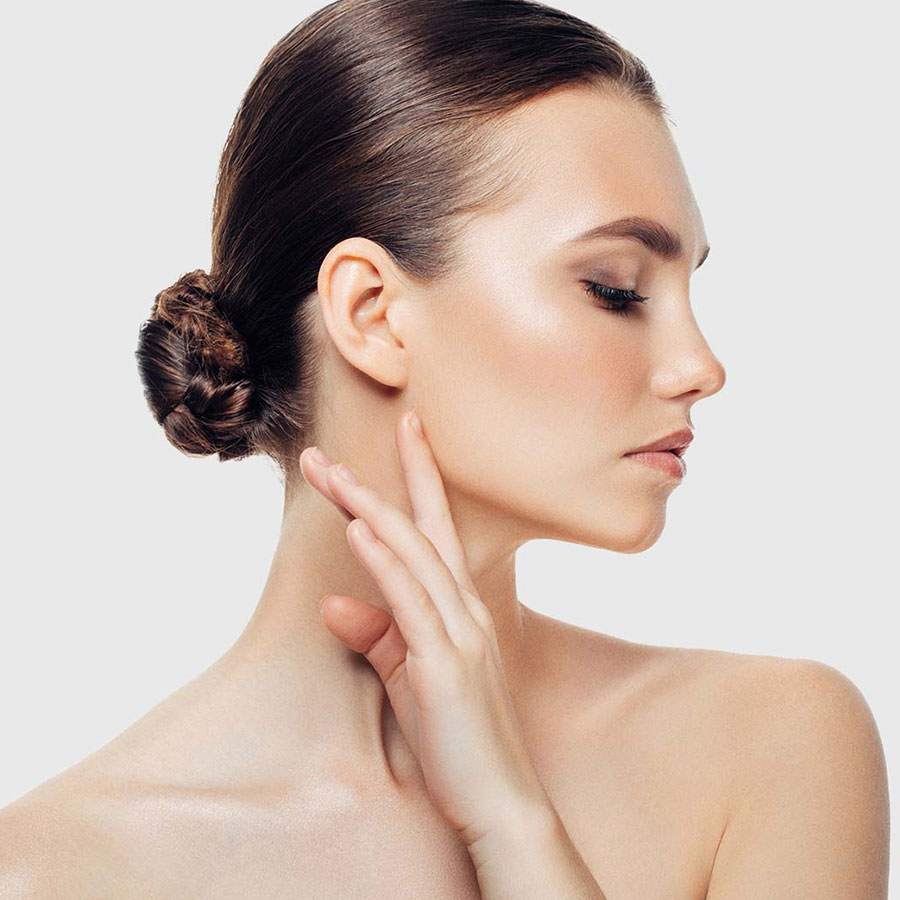Rhinoplasty is a transformative procedure that can greatly enhance the appearance of your nose and improve facial harmony. However, a successful rhinoplasty surgery goes beyond just the procedure itself—post-operative care is crucial to ensuring a smooth recovery and achieving the best possible results. In this article, we’ll explore the importance of post-operative care after rhinoplasty in Dubai(تجميل الأنف في دبي ) and share essential tips for a speedy recovery.
Why Post-Operative Care Matters:
Post-operative care is essential after any surgery, including rhinoplasty, as it plays a significant role in the healing process. Proper care helps minimize complications, reduces discomfort, and ensures that you achieve the desired results. A well-managed recovery can lead to a faster return to normal activities and a more natural-looking nose.

Key Benefits of Proper Post-Operative Care:
- Prevents Infection: Proper care reduces the risk of infection, one of the most common complications after surgery.
- Reduces Swelling and Bruising: Following the right aftercare can help minimize swelling and bruising, promoting faster healing.
- Enhances Results: Adhering to your surgeon’s instructions ensures that your nose heals as intended, leading to the best cosmetic outcomes.
- Speeds Up Recovery: Proper aftercare can shorten your overall recovery time and get you back to your daily routine faster.
Essential Post-Operative Care Tips:
To achieve the best results after rhinoplasty, follow your surgeon’s specific guidelines. Here are some general tips to guide you through your recovery period.
1. Rest and Elevate Your Head:
In the first few days after surgery, it’s important to rest and avoid any strenuous activities. Keeping your head elevated helps reduce swelling and allows your body to heal more effectively.
- Sleep with your head raised using pillows.
- Avoid bending down or lifting heavy objects, as this can increase swelling.
2. Avoid Touching or Blowing Your Nose:
It’s important not to touch or blow your nose during the early stages of recovery, as this can disrupt the healing process.
- Refrain from any activity that could put pressure on your nose.
- Avoid sneezing through your nose—try to sneeze through your mouth if necessary.
3. Follow Medication Instructions:
Your surgeon may prescribe pain relievers or antibiotics to prevent infection and manage discomfort. Always follow the prescribed dosage and instructions carefully.
- Take medications as directed by your surgeon.
- If you experience severe pain or other concerning symptoms, contact your healthcare provider immediately.
4. Keep Your Nose Clean and Dry:
Keeping the surgical area clean is essential to avoid infections. However, be gentle and avoid directly touching the healing area.
- Use prescribed nasal saline sprays or rinse solutions to keep your nasal passages moist.
- Gently clean the outer parts of your nose with a soft cloth or gauze. Avoid putting pressure on the area.
5. Avoid Sun Exposure:
The skin on your nose will be particularly sensitive after surgery. Direct sun exposure can lead to scarring and pigmentation changes, so it's crucial to protect your nose from the sun.
- Apply sunscreen with a high SPF to your nose when going outdoors.
- Avoid direct sun exposure for at least six months after surgery.
6. Manage Swelling and Bruising:
Swelling and bruising are common after rhinoplasty but can be minimized with proper care.
- Apply cold compresses to the eyes and face during the first 48 hours to reduce swelling.
- Keep your head elevated during sleep to help fluid drain from the face.
What to Expect During Your Recovery:
Rhinoplasty(تجميل الأنف) recovery varies from patient to patient, but there are some general milestones you can expect. It’s important to be patient and understand that full recovery can take several months.
1. First Few Days:
- Swelling and bruising are most prominent in the first few days following surgery.
- You may feel some discomfort, but this can usually be managed with medication.
2. First Week:
- The majority of the swelling and bruising will begin to subside after the first week.
- You’ll likely have a follow-up appointment to remove splints or sutures.
3. 2–3 Weeks:
- Swelling will continue to decrease, and you’ll start to see the shape of your new nose.
- Most patients can return to light daily activities, but you should avoid strenuous exercises.
4. 1–3 Months:
- The nose will begin to settle into its final shape.
- Although the major swelling has reduced, minor swelling may persist for several months.
5. 6–12 Months:
- Full recovery may take up to a year, with all swelling gone and the final shape of the nose visible.
When to Contact Your Surgeon:
While minor swelling and discomfort are normal, there are signs that you should reach out to your surgeon. Always trust your instincts if something feels wrong during your recovery.
Warning Signs to Watch For:
- Excessive bleeding: Bleeding that doesn't stop after several hours.
- Severe pain: Intense or worsening pain despite medication.
- Infection: Signs of infection include increased redness, warmth, or discharge from the incisions.
- Difficulty breathing: If you’re having trouble breathing through your nose, contact your surgeon immediately.
Conclusion:
Post-operative care after rhinoplasty in Dubai is critical for achieving the best results and ensuring a smooth recovery. By following your surgeon’s guidelines, resting properly, and managing your health during the healing process, you can minimize complications and enjoy the full benefits of your procedure. Remember that patience is key, as the final results may take months to fully appear. With careful attention and proper care, rhinoplasty can significantly improve your appearance and overall confidence.

